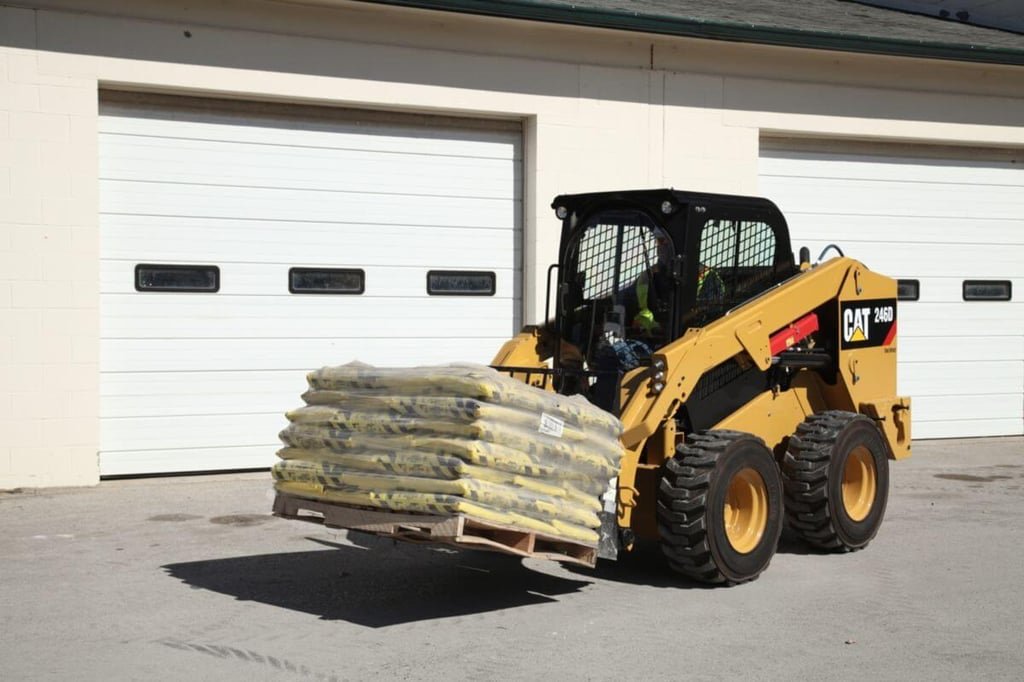Introduction
Have you ever dreamed of turning your love for home décor into a profitable small business? If you’ve got a passion for fabrics, patterns, and all things cozy, the home textiles industry could be your perfect fit. Home textiles—think bedding, cushions, throws, and curtains—are essential items that transform any space into a warm and inviting home. This blog post will guide you through the ins and outs of starting a small business in home textiles, covering everything from market research to branding and marketing. Let’s get cozy with the details!
Why Home Textiles?
Home textiles are in demand, and the market is thriving. In fact, the home textile industry continues to grow as people invest more in creating comfortable and stylish living spaces. Whether you’re interested in crafting unique pieces or curating a collection, home textiles offer a broad canvas for creativity.
Step-by-Step Guide to Launching Your Home Textiles Business
1. Do Your Market Research
- Know Your Audience: Are you targeting eco-conscious customers, luxury seekers, or budget buyers? Identifying your audience early helps shape your product range and marketing strategy.
- Spot Trends: Keep an eye on design trends, popular colors, and fabric choices. Right now, sustainable and organic textiles are making waves. Gaining insight into these trends gives your business a competitive advantage.
- Competitive Analysis: Look at other small businesses in home textiles. What are they doing right? Where could you stand out? Analyze competitors for insights and inspiration.
2. Define Your Niche
- Specialize for Success: Do you want to offer hand-woven blankets, luxury bedding, or kids’ decor items? Defining a niche can help attract a loyal customer base looking for something specific.
- Find Your Unique Selling Point (USP): Why should customers choose you over others? Maybe it’s the quality, customization, or eco-friendliness of your products. Whatever it is, make sure it shines through in your brand.
Creating Your Product Line
1. Choose Your Materials Carefully
The textiles you choose can make or break your business. Opt for high-quality fabrics like cotton, linen, silk, or wool, depending on your niche. With sustainability becoming increasingly important, consider eco-friendly and organic materials to appeal to environmentally conscious shoppers.
2. Experiment with Patterns and Colors
Patterns and colors play a huge role in home décor. Select designs that reflect your brand’s unique style. For example, if you’re aiming for a minimalist vibe, go for neutral colors and simple patterns. If you’re more into bohemian styles, lean towards bold, colorful prints.
Building Your Brand and Online Presence
1. Branding Basics
- Create a Memorable Brand Name: Your brand name should reflect what you sell and the vibe you want to convey. Be creative yet clear!
- Design a Logo: A logo is the face of your brand. Keep it simple but impactful, and ensure it looks great on packaging and social media.
- Develop a Brand Voice: Decide on a tone for your communication. Whether it’s friendly, sophisticated, or quirky, a consistent voice helps customers connect with your brand.
2. Build a Website
- User-Friendly Design: A clean, easy-to-navigate website is essential. Invest in quality images, especially since textiles are so visual. Show your products in various settings to give customers inspiration.
- Product Descriptions that Sell: Don’t just list the materials—tell a story. Describe how soft a blanket feels or how durable a cushion cover is. These little details can make your products irresistible.
- Include an E-commerce Platform: Make it easy for customers to buy from you online. With e-commerce platforms like Shopify, WooCommerce, and Etsy, setting up a store is straightforward.
3. Leverage Social Media
Social media is your best friend for a small business in home textiles. Visual platforms like Instagram and Pinterest are perfect for showcasing your products.
- Instagram Tips: Post high-quality photos of your products in styled settings. Use Stories and Reels to show behind-the-scenes moments, like fabric selection or the sewing process. Engage with your followers by asking questions and sharing tips.
- Pinterest Inspiration: Pinterest is ideal for home decor businesses. Create boards featuring your products along with complementary items, like home organization ideas or DIY decor tips.
Marketing Your Home Textiles Business
1. Email Marketing
Build an email list from day one. Offer a discount or freebie for signing up, and regularly send updates, exclusive offers, and decorating tips. This helps keep your brand at the forefront and encourages customers to return.
2. Collaborate with Influencers
Partnering with home decor influencers can give your business a big boost. Find influencers whose style aligns with your brand and offer to send them products in exchange for a post or review.
3. Blogging and SEO
Start a blog on your website to boost your search engine rankings and attract more visitors. Topics like “How to Style Your Home with Textiles” or “Top 5 Sustainable Fabrics for Your Home” can position you as an authority in the field.
Finalizing Your Products and Getting Ready to Launch
- Quality Control: Ensure each item meets a high standard before launching. Customers love durability, especially in textiles.
- Packaging Matters: Beautiful packaging can make your products feel more special. Add personal touches, like handwritten thank-you notes, to create a memorable unboxing experience.
- Pricing Strategy: Calculate all your costs carefully, including materials, labor, and shipping. Your pricing should cover these while allowing a reasonable profit margin. Don’t forget to research competitor pricing for guidance.
Conclusion
Starting a small business in home textiles can be a rewarding journey. It’s an industry that blends creativity with practicality, allowing you to create products people will treasure in their homes. With proper planning, branding, and marketing, you’ll be well on your way to transforming your passion for textiles into a thriving small business.
FAQs
Q1: How much does it cost to start a small business in home textiles?
Starting a home textiles business can cost anywhere from a few hundred to a few thousand dollars, depending on factors like materials, production, and branding. Start small and expand as your business grows.
Q2: Where can I source materials for my home textiles business?
Many suppliers offer bulk fabrics and materials online, from organic cotton to high-quality silk. You can also consider local suppliers or recycled fabric options for a sustainable approach.
Q3: How do I attract customers to my small business?
Focus on building a strong online presence through social media and an engaging website. Collaborate with influencers, run ads, and consider content marketing through a blog or newsletter.
Q4: Do I need a business license to sell home textiles?
Requirements vary by location, so check your local regulations. In many places, a basic business license is enough to sell textiles online.
Q5: How can I make my home textiles business eco-friendly?
Opt for organic and sustainable materials, minimize waste, and offer eco-friendly packaging. Many consumers are drawn to businesses that prioritize sustainability.
With these insights, you’re well on your way to launching a successful small business in home textiles. Remember, persistence and creativity go a long way—just like a cozy throw on a chilly night.











